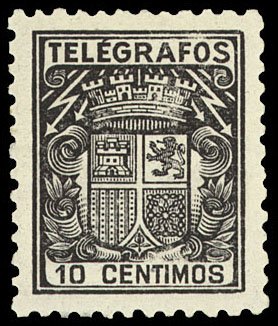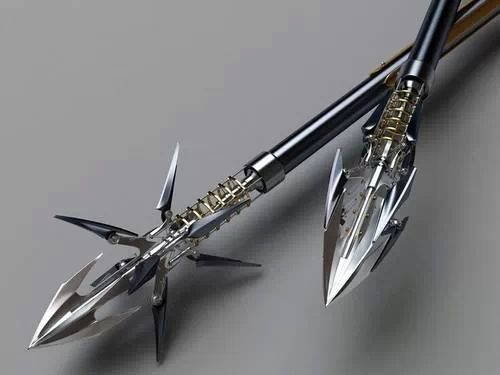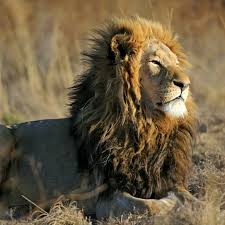Stamp: Coat of arms of Spain (Spain 1932)
Coat of arms of Spain (Spain 1932)
01 January (Spain ) within release Telegraph goes into circulation Stamp Coat of arms of Spain face value 10 Spanish céntimo
| Stamp Coat of arms of Spain in catalogues | |
|---|---|
| Yvert et Tellier: | Yt: ES TE72B |
| Edifil: | Edi: ES TG69 |
Stamp is square format.
Blue numbering on the reverse sideAlso in the issue Telegraph:
- Stamp - Coat of arms of Spain face value 10;
- Stamp - Coat of arms of Spain face value 5;
- Stamp - Coat of arms of Spain face value 15;
- Stamp - Coat of arms of Spain face value 10;
- Stamp - Coat of arms of Spain face value 30;
- Stamp - Coat of arms of Spain face value 50;
- Stamp - Coat of arms of Spain face value 4;
- Stamp - Coat of arms of Spain face value 1;
- Stamp - Coat of arms of Spain face value 1;
|
Data entry completed
56%
|
|
|---|---|
| Stamp Coat of arms of Spain in digits | |
| Country: | Spain |
| Date: | 1932-01-01 |
| Print: | Typography |
| Perforation: | 11¼ |
| Emission: | Telegraph |
| Format: | Stamp |
| Face Value: | 10 Spanish céntimo |
Stamp Coat of arms of Spain it reflects the thematic directions:
An arrow is a fin-stabilized projectile launched by a bow. A typical arrow usually consists of a long, stiff, straight shaft with a weighty (and usually sharp and pointed) arrowhead attached to the front end, multiple fin-like stabilizers called fletchings mounted near the rear, and a slot at the rear end called a nock for engaging the bowstring. A container or bag carrying additional arrows for convenient reloading is called a quiver
A coat of arms is an heraldic visual design on an escutcheon (i.e. shield), surcoat, or tabard. The coat of arms on an escutcheon forms the central element of the full heraldic achievement which in its whole consists of shield, supporters, crest, and motto. A coat of arms is traditionally unique to an individual person, family (except in the United Kingdom), state, organisation or corporation.
In British heraldry, a coronet is any crown whose bearer is less than sovereign or royal in rank, irrespective of the crown's appearance. In other languages, this distinction is not made, and usually the same word for crown is used irrespective of rank (German: Krone, Dutch: Kroon, Swedish: Krona, French: Couronne, etc.) In this use, the English coronet is a purely technical term for all heraldic images of crowns not used by a sovereign, and implies nothing about the actual shape of the crown depicted. A Coronet is another type of crown, but is reserved for the lower ranks of nobility like Marquesses and Marchionesses, Earls and Countesses, Barons and Baronesses, and some Lords and Ladies. The specific design and attributes of the crown or coronet signifies the hierarchy and ranking of its owner.
Лев (Panthera leo) — крупный представитель семейства кошачьих рода Panthera, обитающий в странах Африки к югу от Сахары и Индии. У него мускулистое тело с широкой грудью, короткая округлая голова, круглые уши и тёмный пучок волос на кончике хвоста. У него ярко выражен половой диморфизм: взрослые самцы крупнее самок и имеют густую гриву. Это социальный вид, образующий группы, называемые прайдами. Львиный прайд состоит из нескольких взрослых самцов, родственных самок и детёнышей. Группы львиц обычно охотятся вместе, охотясь в основном на средних и крупных копытных. Лев — высший и ключевой хищник.
A tower is a tall structure, taller than it is wide, often by a significant factor. Towers are distinguished from masts by their lack of guy-wires and are therefore, along with tall buildings, self-supporting structures.






